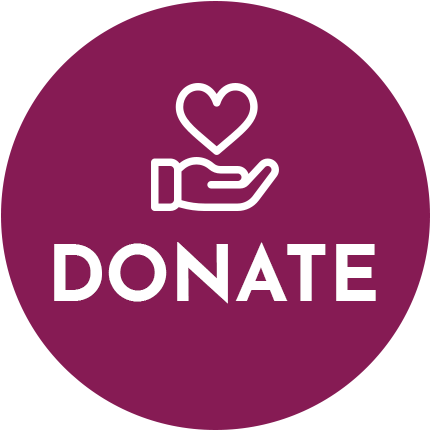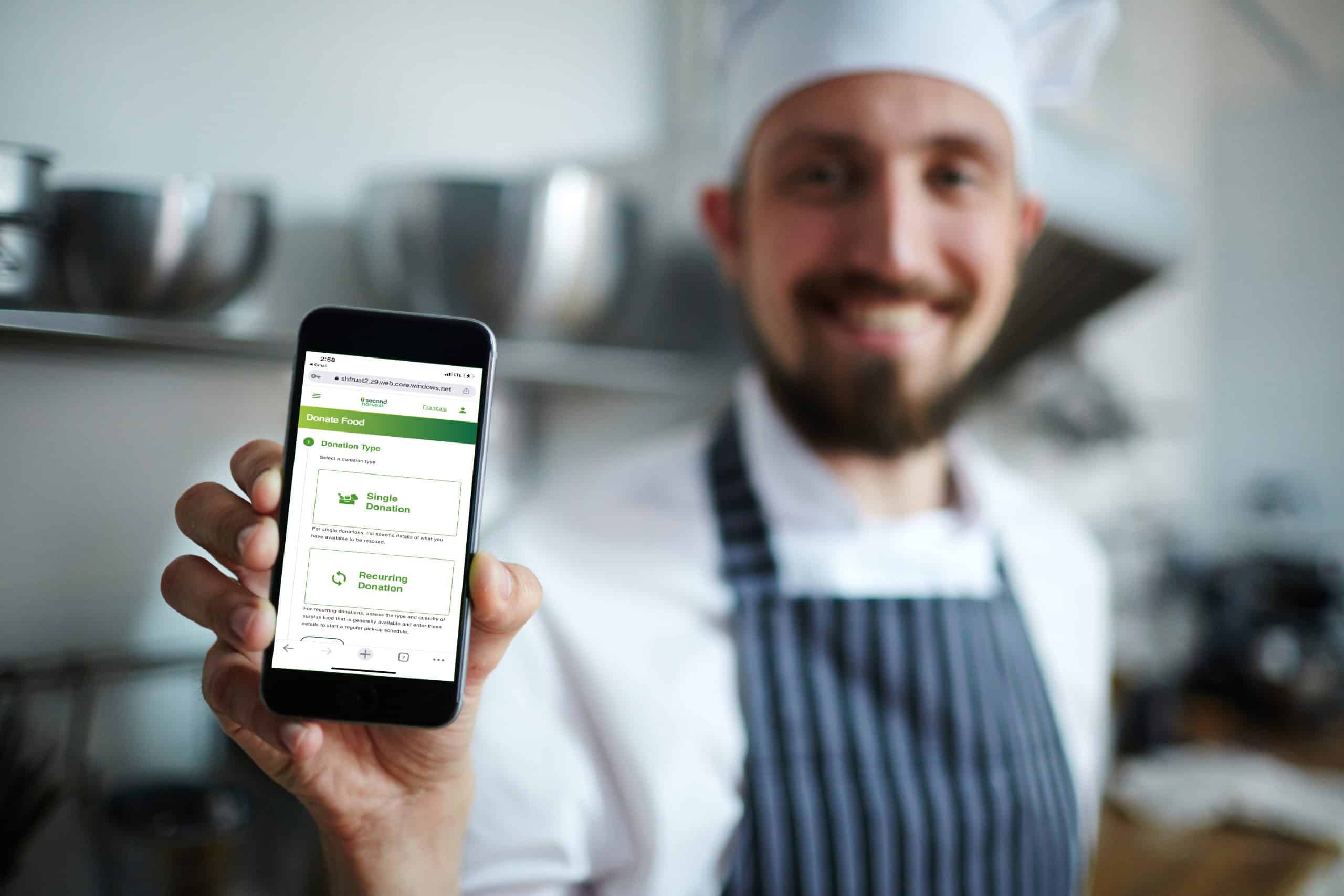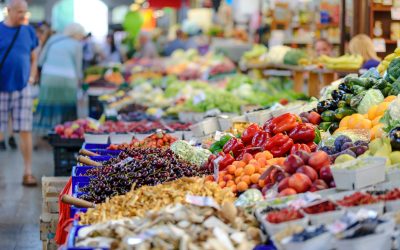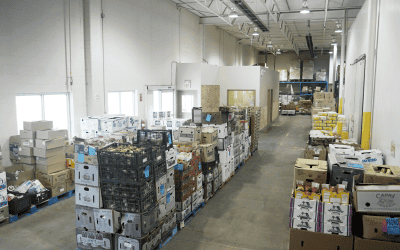Emily manages a mental health transitional housing building in Vancouver’s Downtown Eastside. She uses the Second Harvest Food Rescue App to secure recurring donations of surplus food from local businesses. The breakfast sandwiches and pastries are usually a huge hit among residents.
“It can be easy to overlook how important having a good meal is, as it’s something many of us take for granted,” Emily said. “I’m grateful for this program and that I am able to participate in allowing our residents easy access to healthy food.”
Food waste poses both social and environmental challenges. Nearly 60 percent of food produced in Canada is lost or wasted annually. This sends 56.6 million tonnes of CO2 equivalent emissions into the atmosphere. Globally, food waste is responsible for 8 percent of all greenhouse gas emissions. Too often, good surplus food ends up in landfills. Just a quarter of that wasted food could feed 795 million undernourished people in the world.
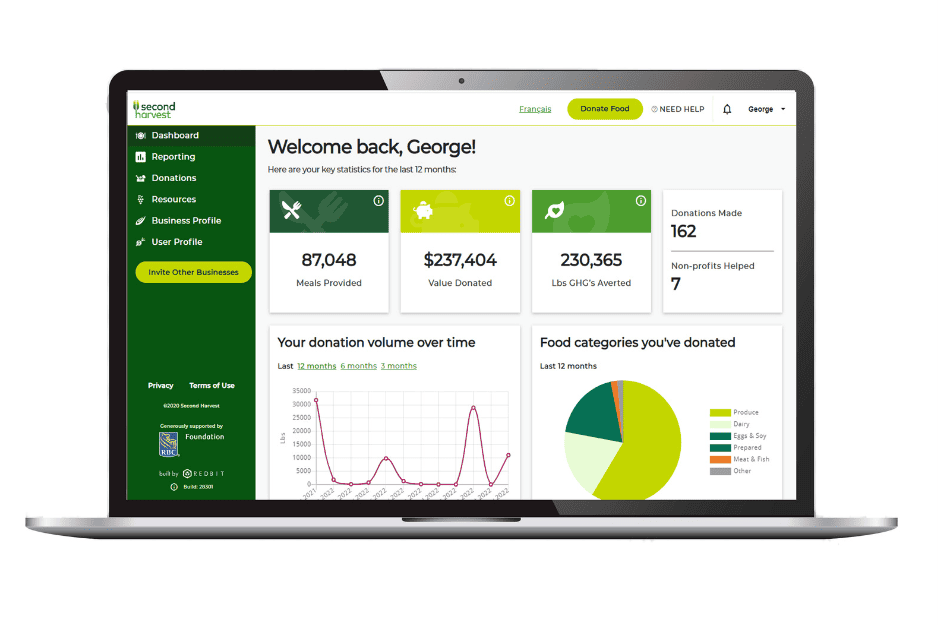
Technology’s potential to help
Second Harvest worked with software company Redbit to develop the Food Rescue App in 2018. The app connects businesses with surplus food to non-profits in their local communities. The aim is to bridge the gap between abundance and need while protecting our planet from the damaging effects of food waste.
The app has come a long way since its early days as a web platform. Starting with a pilot project involving five communities in Ontario, it expanded to British Columbia in 2019. The plan for a full national launch by 2022 accelerated as the pandemic hit. The app now serves more than 1,000 communities, covering every province and territory.
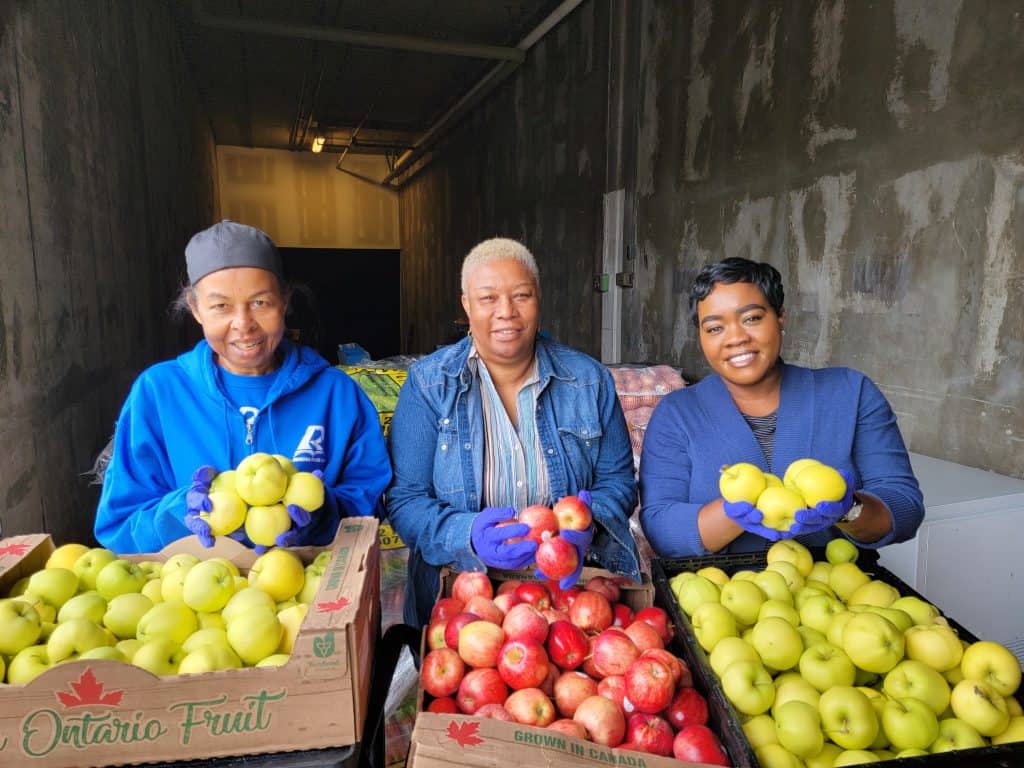
Last year, the app connected 5,600 food donors with 3,400 non-profits. This facilitated the rescue of 24 million pounds of surplus edible food. That is the equivalent of 79.3 million pounds of greenhouse gases averted and 13.2 billion litres of water prevented from going to waste.
Second Harvest is grateful for partners like the RBC Foundation that share our vision and willingness to embrace technology to preserve our planet. The three-year RBC Tech for Nature commitment has allowed us to grow a community of supporters wanting to make a positive change. This is one of the three key areas in their donation approach.
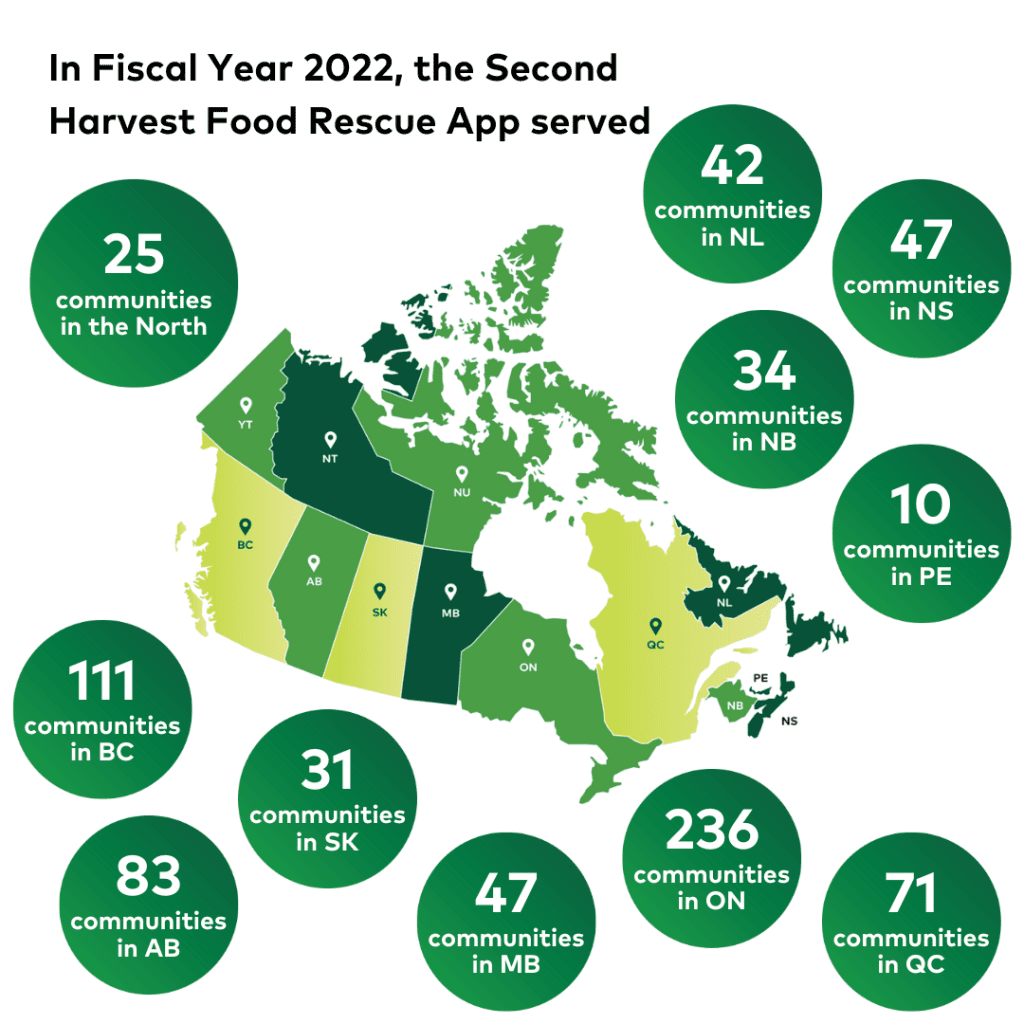
“Climate change and the issues we’re facing connect us all as we work to build a better future,” said Mark Beckles, Vice-President, Social Impact & Innovation at RBC. “Through RBC Tech for Nature and our partnership, we are committed to bringing the power of innovative technologies to address and scale solutions to face this crisis together.”
Behind the scenes: Constant innovation
A cross-functional Product team of 10 oversees the building, maintenance and standards of the Second Harvest Food Rescue App. They handle daily operations and technical issues, of course. But they also monitor feedback from donors and non-profits to improve or develop new features for a seamless user experience. For example, they recently added a feature that allows donors to edit recurring donations. This creates more accurate data tracking and better coordination with non-profits.
“As someone who’s been involved with the app since its early days, it’s beyond exciting to see it expand,” said Veronica Summerhill, Director of Product. “When we started, the software and its functionality looked so different than it does now. This speaks to how open Second Harvest is to growth, change and improvements. We empathize with our users and are deeply committed to ensuring food gets rescued. It’s expensive to improve technology. But we know the investment is important when it means our users are more engaged and therefore more food gets rescued.”
The Second Harvest Food Rescue App allows both donors and non-profits to fight food insecurity and climate change. Every pound of food rescued makes a difference.

